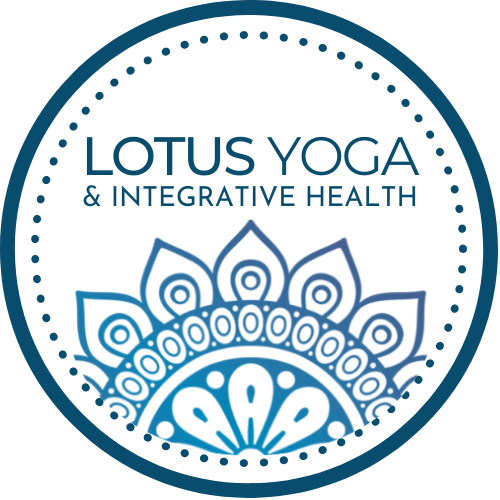We used to think pain was caused by an injury sending a pain signal to the brain. We now realize that pain is not necessarily related to tissue damage. Some people have a lot of pain, but no significant findings on an x-ray or MRI, and others have significant findings on imaging, but don’t have pain. In fact, research has shown that 1 out of 3 people over the age of 30 who do not have pain have abnormal findings on an MRI of the shoulder and 40% of people who have a bulging lumbar disc don’t have any pain. The moral of the story is that pain does not equal tissue damage! Pain is the brain’s response to a perceived threat. It is a warning signal meant to get our attention and change our behavior. Once the treat is removed (for example, we realize we aren’t seriously hurt after a fall, or our injury has healed), the alarm should turn off. For some people, that alarm system is overactive, and the nervous system continues to perceive a threat even after the danger has passed. This is why some people have pain long after an injury has healed. It also means that the way we think about an experience really matters, and that if we can change our minds, we can change our relationship to pain.

A sensitive system
The nervous system communicates through nerves which send information from the body to the brain. The brain interprets that information and gives commands to the body to act. Nerve impulses can be triggered by different kinds of information, including temperature, stress, movement, hormones, the immune system, and the level of oxygen saturation in the blood. There are different kinds of channels in the nerves for each of these types of information. When we are healthy and balanced, the ratio of these types of channels is also balanced. But the body can become more sensitive to a certain trigger and even make more receptors for that trigger if that channel is activated frequently. The ratio fluctuates based on what we need. When we are stressed, we have more stress channels. When we are sick, we have more immune channels. Too many of one kind of channel makes you sensitive to that kind of stimulus. This explains why our symptoms change with the weather and why we feel body aches when we have the flu. The good news is that these channels are replaced every 48 hours. If we understand what our triggers are, we can decrease that type of stimulus, and allow the channels to return to a balanced level so you are no longer extra sensitive to that kind of stimulus.
quieting the alarm
You know how some cars have alarm systems? Ideally those alarms would be triggered only if someone was breaking into a car. But have you ever seen a car with a really sensitive alarm system? One that seems to go off any time there is a breeze or someone brushes up against the car? The same thing can happen to you body’s alarm system. If the alarm is activated for a long time, it can become more sensitive, and small things can set it off, including a change in the weather, or lack of sleep. When the body’s alarm system is sensitive, other parts of the body besides the place of injury start to get a little stressed. They are constantly hearing the alarm, and they too start to go on high alert. This explains how your original pain can start to spread. Maybe you originally had pain in your right knee, and now your left knee is hurting. Or maybe you originally had pain in your arm, but now your hand and neck start to get worried about the alarm, and they start to get sensitive too. Understanding the nature of pain can calm your nervous and quiet the alarm.
How can pain neuroscience reduce my pain?
With pain neuroscience education, we can calm down a sensitive system so that the alarm is not so easily activated. This involves decreasing the perception of threat, balancing the nervous system, and gradually increasing tolerance to the stimuli to which your body is sensitive. Ayurveda and pain neuroscience are beautifully complementary systems that work to promote balance in mind, body, nature, and spirit. Incorporating food as medicine, self-care practices for grounding, mindfulness and yoga, and other Ayurvedic practices into physical therapy and pain neuroscience education can provide a holistic approach that addresses the root causes of the pain and helps you feel more centered and calm.


